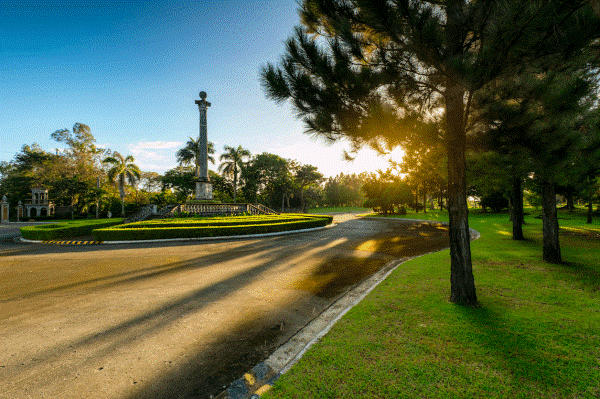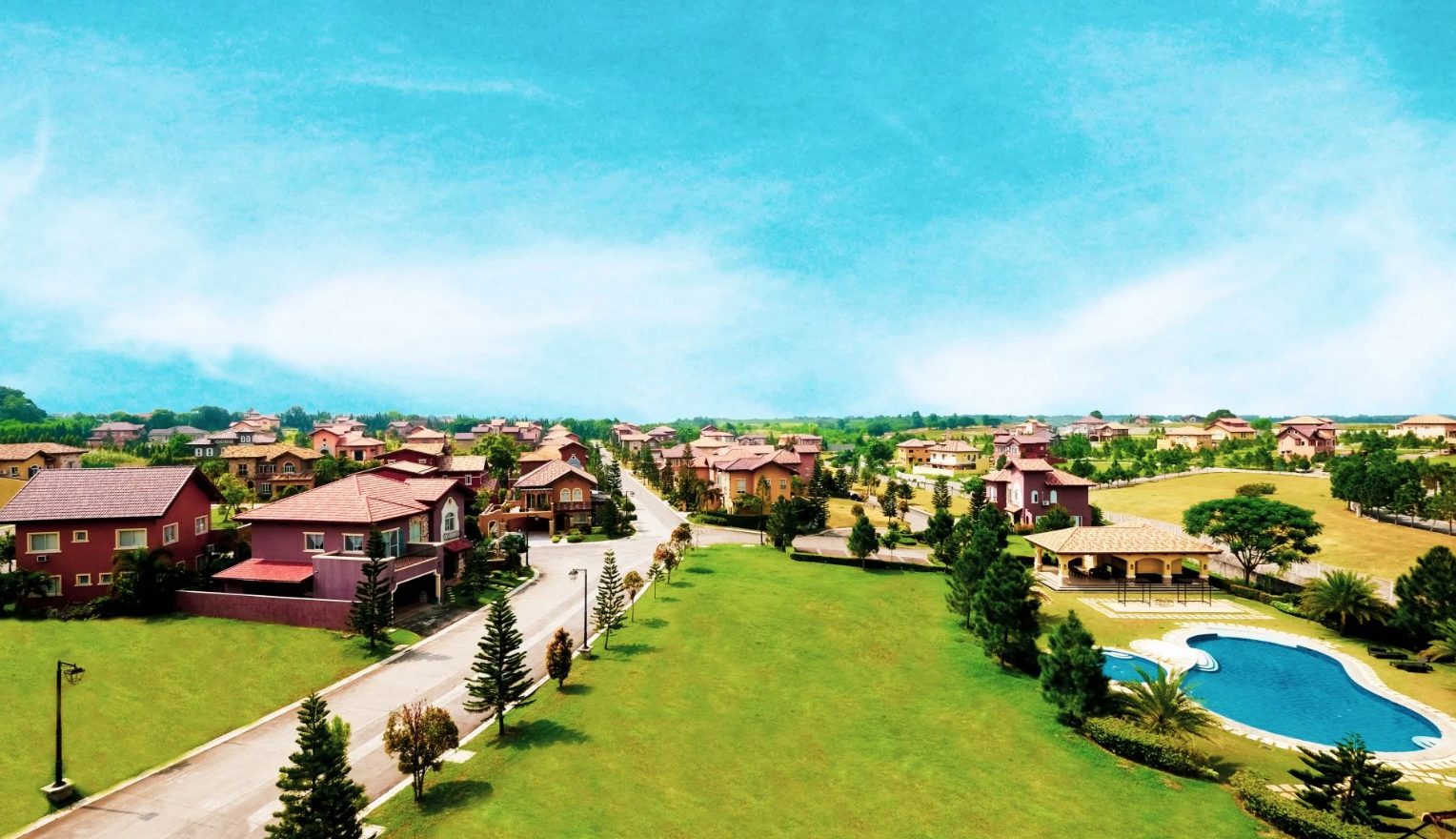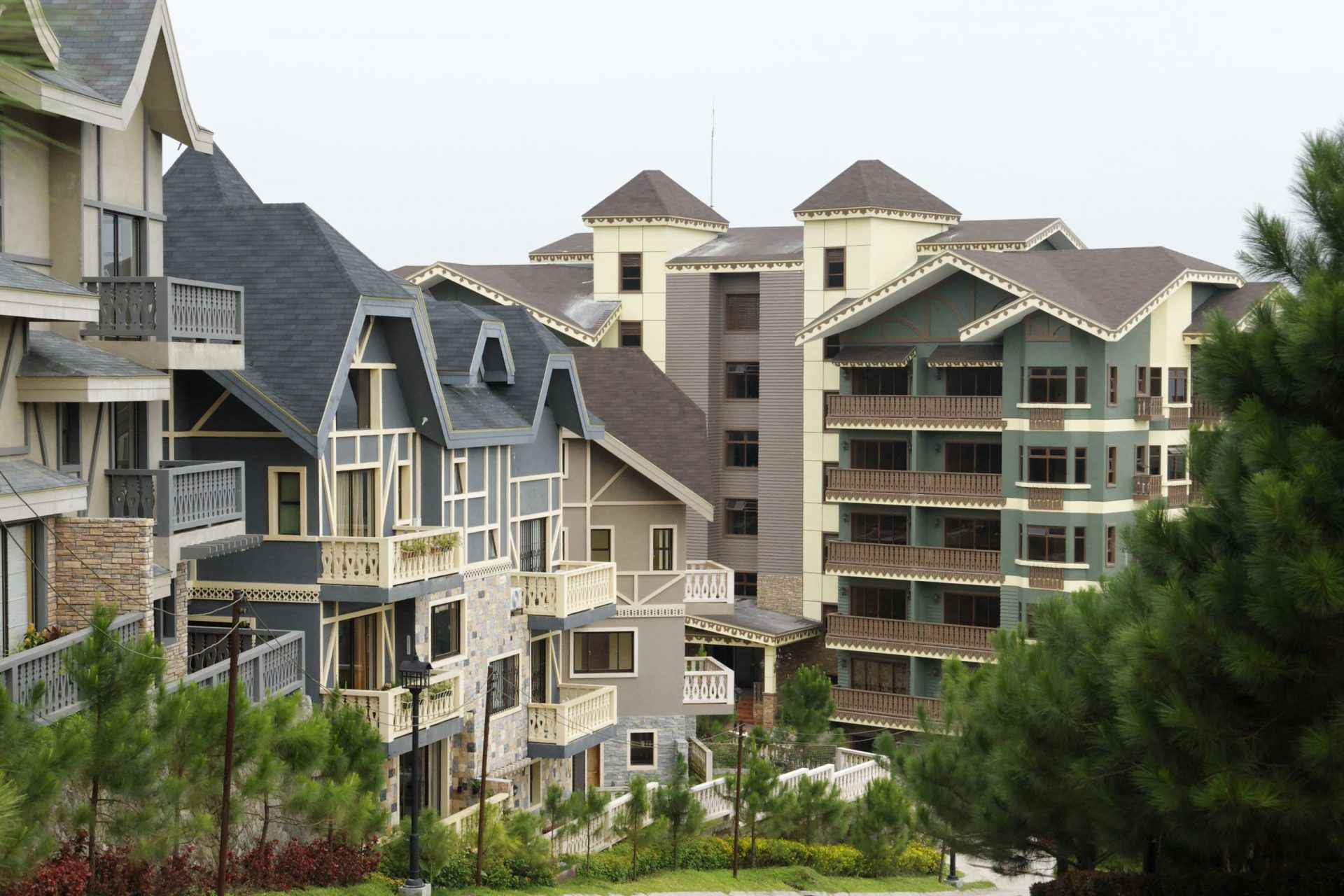BLOGS
Safety 101: Fire Code of the Philippines
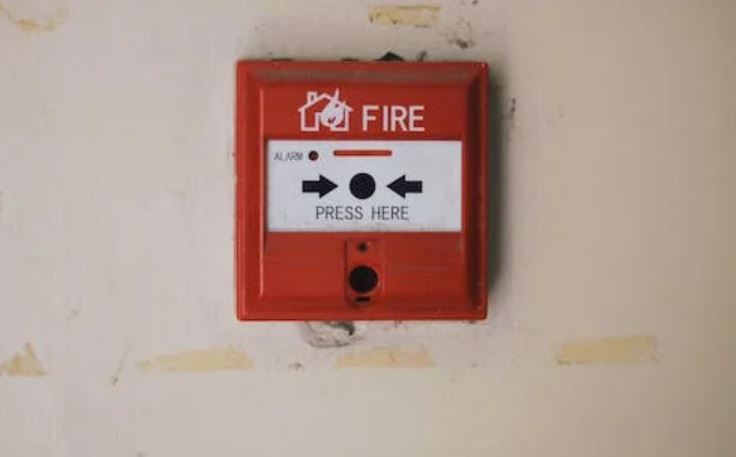
Fire Prevention Month is annually celebrated in the Philippines every March. Schools and governments take action to discuss and bring awareness about the common causes, hazards, and prevention of fires. The objectives of fire-prevention programs are avoiding fatalities, property loss, and building inactivity. The peak of the fire season usually begins in the middle of February and lasts for about 13 weeks. It was reported that between March 28, 2022, and March 20, 2023, there were an average of 250 fire alerts which is considered low when compared to reports from 2012. This may be a result of the Revised Fire Code of the Philippines.
The ability to combat flames needs to catch up with socioeconomic and technological advancements in a nation where catastrophic disasters leave people devastated. Enforcement of fire safety regulations must be proactive and efficient. The Bureau of Fire Protection is guided by the Implementing Rules and Regulations (IRR) of RA 9514 when enforcing the law to maintain safety for the public and economic growth by avoiding and putting down all types of destructive fires. The IRR was amended on October 16, 2019, and went into effect as a result of the need for technical and technological advancements in building plans and structures.
What is PD 1185 RA 9514?
Republic Act No. 9514 is the amended or revised passage from Presidential Decree No. 1185 or also known as the Fire Code of the Philippines. The lapses from PD 1185 were sorted out and resolved at the commencement of RA 9514.
The objectives of the Fire Code of the Philippines are simple but not limited to providing public knowledge and getting everyone involved in fire prevention and suppression to reduce fire losses. While the goal is to avoid the economic and social advantages of society being undermined by fire-related injuries, fatalities, and property loss and damage that have reached alarming levels. This all can be done by adopting international fire safety standards which apply to Filipinos, which cover buildings with fire safety in mind, and put security and safety features in structures.
As a result, the danger of injury and death is decreased and sufficient precautions are taken in the event of a fire.
Enforcement of the Fire Code of the Philippines
The inclusions that will be applied to buildings and infrastructures to prevent fire shall be enforced by the chief of the Bureau of Fire Protection (BFP) with the cooperation of the secretary of DILG. They are authorized to:
- Create implementing rules and regulations, and administrative sanctions;
- Enter into long-term contracts for the Fire Service’s purchase of equipment, materials, supplies, and related technical services for fire prevention, fire-fighting equipment, and fire protection. Public auctions or talks with upfront payments can be used to accomplish this; and
- Defining areas of cooperation and coordination, and entering into Memoranda of Understanding with other governmental agencies and commercial organizations. They ought to specify who is in charge of things like fire safety, fire prevention education, fire suppression, and other pressing issues.
Safety Measures and Inspections
The technical staff for the BFP Chief shall be made up of highly qualified individuals with expertise in fire safety, fire prevention, and fire suppression. They could come from other places outside the BFP’s organic members and other governmental institutions and agencies. In the latter scenario, they will be employed as consultants or assigned to the service by the law. The technical staff is responsible for studying, reviewing, and evaluating the most recent advancements in fire technology; developing plans and programs for fire safety, prevention, and suppression; and creating initiatives for the formalization of the fire service.
Inspection
As stated in Section 8 of the Fire Code of the Philippines, all owners, tenants, management, and other responsible people of a building and structure shall follow and act in accordance with the inspection requirements.
Local government units and other related government entities must undertake a fire safety inspection before issuing permits and/or licenses, and the Director General or his legally appointed agent must do so as well.
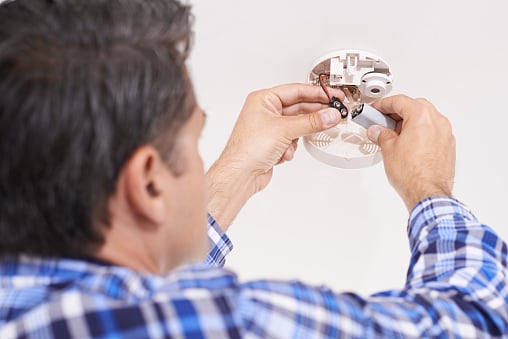
The use or habitation of buildings or structures must also be inspected. The installation of fire safety and protection equipment, as well as the electrical system in any building or structure, are all included in the inspection. Additionally, the BFP has the right to check how explosives are stored, handled, and/or used inside a building or other premises that include combustible, ignitable, poisonous, or other hazardous materials.
Examples of materials that are hazardous and should be properly stored are combustible waste products, corrosive liquids such as ammonium nitrate and oxidizing materials, cellular materials like nitrate plastic and foam, paints, firework materials, and the like.
Other operations and processes that require fire safety measures are:
- Welding
- Soldering
- Smelting
- Forging
- Trash Management
As part of the Fire Safety Program under the Fire Code of the Philippines, a building or structure shall have fire safety systems such as:
- A fire exit plan on every floor
- Firewalls to adjacent buildings
- Systems for fire detection and suppression
- Roof vents for firefighters
- Etc.
If you are looking for a condo for sale, you must look for these features so you will be ensured of safety in case of fire.
Prohibitions
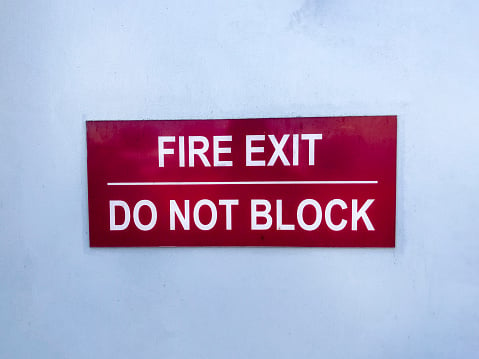
It is important to know what the prohibited acts are to avoid penalties and disorganization. For your knowledge, here are some of the actions that were declared prohibited:
- Obstructing or blocking the exit ways for fire safety purposes such as stairways, balconies, or exits of any kind
- Blocking or obstruction of the firetruck passages
- Blocking or locking fire exits during period when people are inside the building
- Starting malicious or false alarms
Penalties
Administrative Penalty
Any violation of the Fire Code shall result in no more than PHP 50,000 administrative fine for the offender. In addition, those who violate the rules risk having their properties suspended or closed. Following this clause, a person has fifteen days from the time they receive the order imposing the administrative punishment, stopping activities, and/or closing to file an appeal with the Secretary of National Defense. The choice made by the Secretary of National Defense is final and enforceable.
Punitive Penalty
A violation faces a sentence of six months to six years in prison if they don’t fix the problem or get rid of the fire hazard. A fine of no more than PHP 20,000 will also be imposed on the offender. The officials of any companies, corporations, partnerships, or groups guilty of such offenses will face jail time and/or fines. In addition to the specified punishments, the offender who is an immigrant will be deported right away. Finally, if the infringement results in a death or serious property damage, the violator will be prosecuted by the relevant regulations.
Consider Fire Safety When Buying Properties
If you have been on the lookout for house and lot properties for sale, we hope this article has helped you to be vigilant if it passes and complies with the Fire Code of the Philippines.
We, here at Brittany Corporation, only offer the best and safest luxury homes for you. Our luxury houses in the Philippines and condo for sale already have safety measures to prevent fire and cost in renovations.
And as disasters and emergencies come when least expected, here are the best tips to prevent fire in your place. Put smoke alarms and warning system inside bedrooms and outside sleeping spaces on every level of your house. Every month, test the smoke alarms. Replace the batteries if they’re not operating. Discuss a fire escape strategy with every family member and test it twice a year.
Attend the free fire prevention and safety seminars offered by your local fire station every March, which has been designated as Fire Prevention Month, if you’d like to learn more about preventing fires and dealing with them.
READ NEXT ARTICLE: BAGUIO NUMBER CODING SCHEME
READ NEXT ARTICLE: FLIPPING HIGH-END PROPERTIES: WHAT TO KNOW
READ NEXT ARTICLE: COVID-19 OVERVIEW, SYMPTOMS, AND PREVENTION





